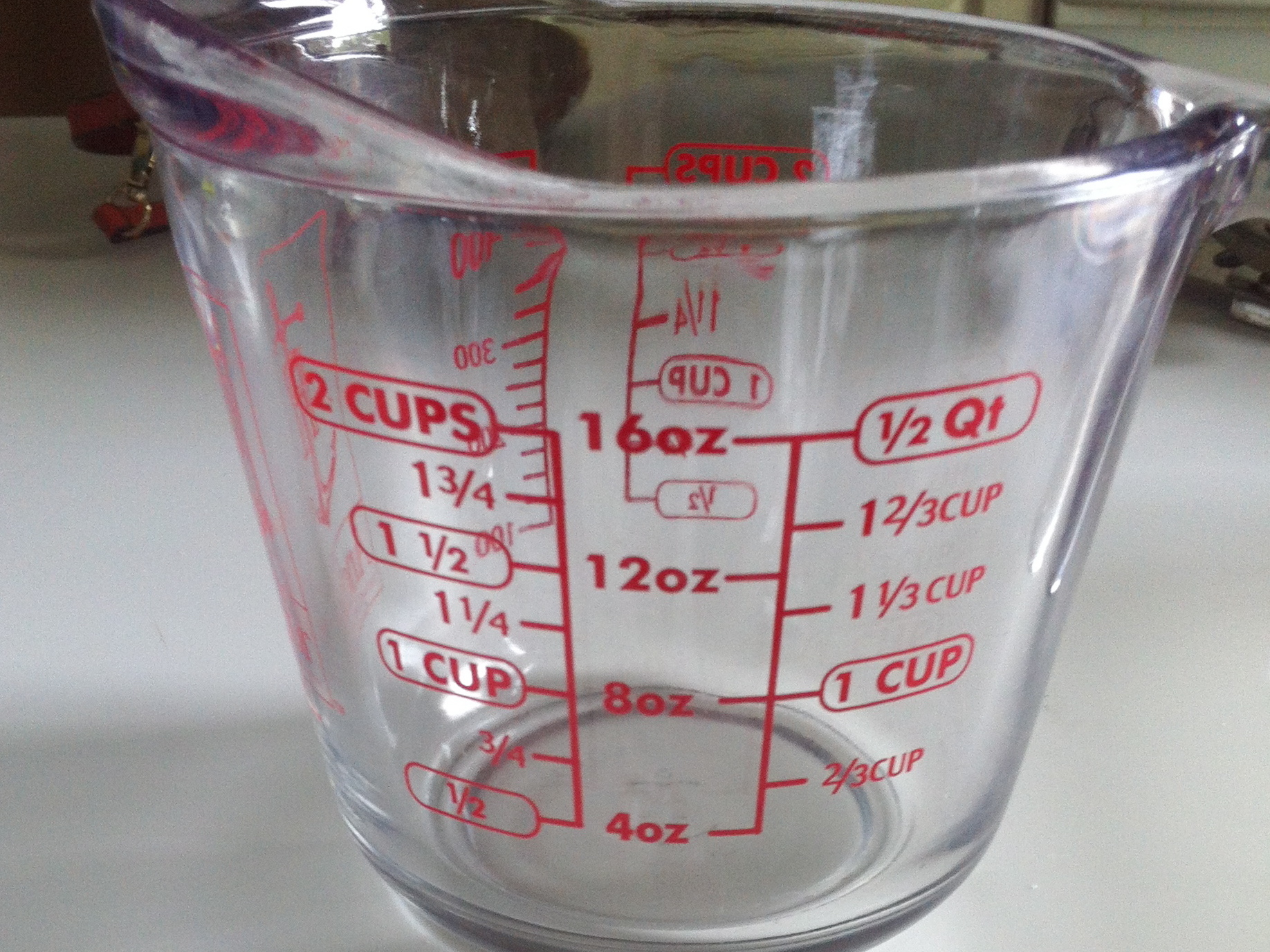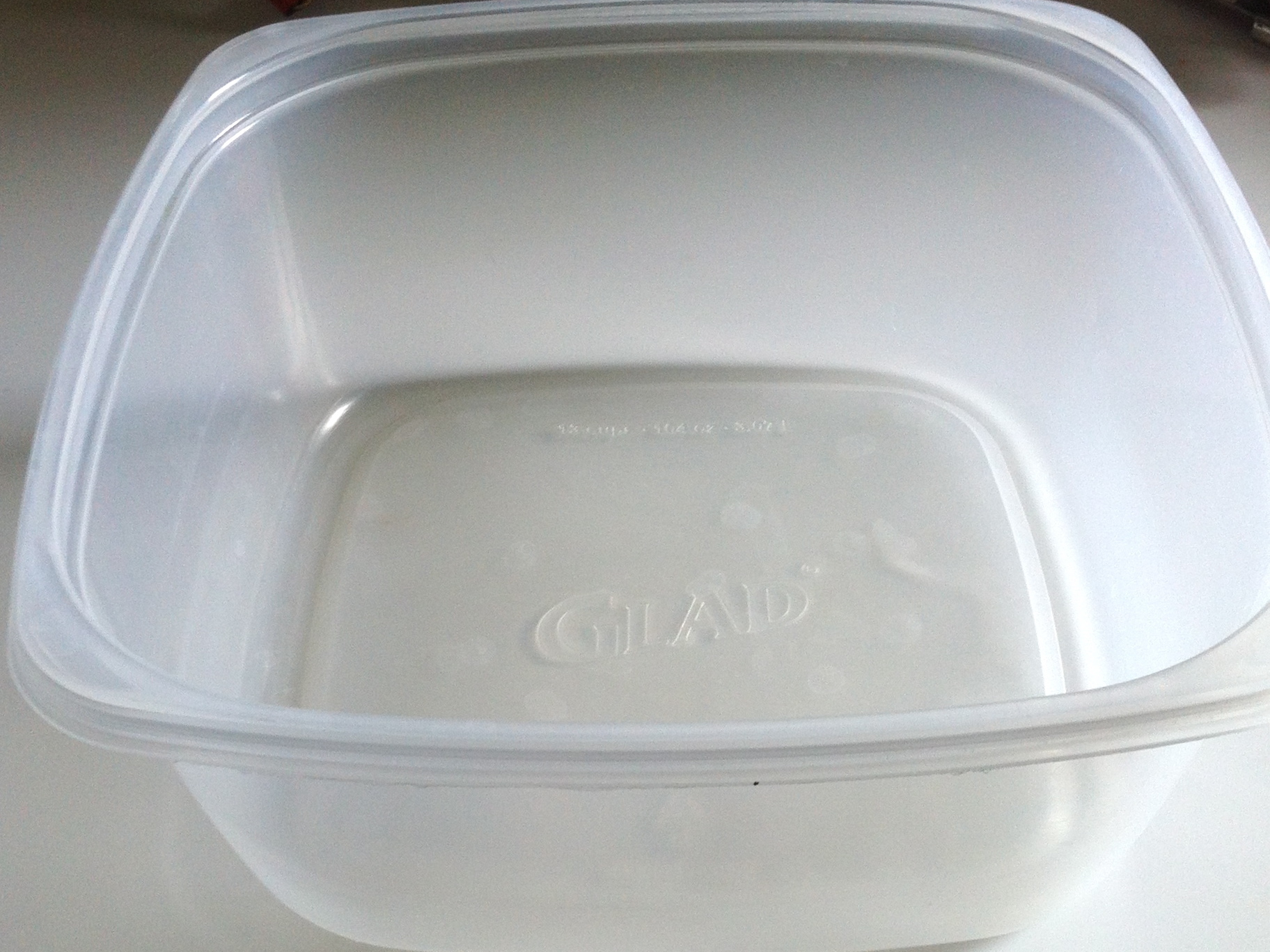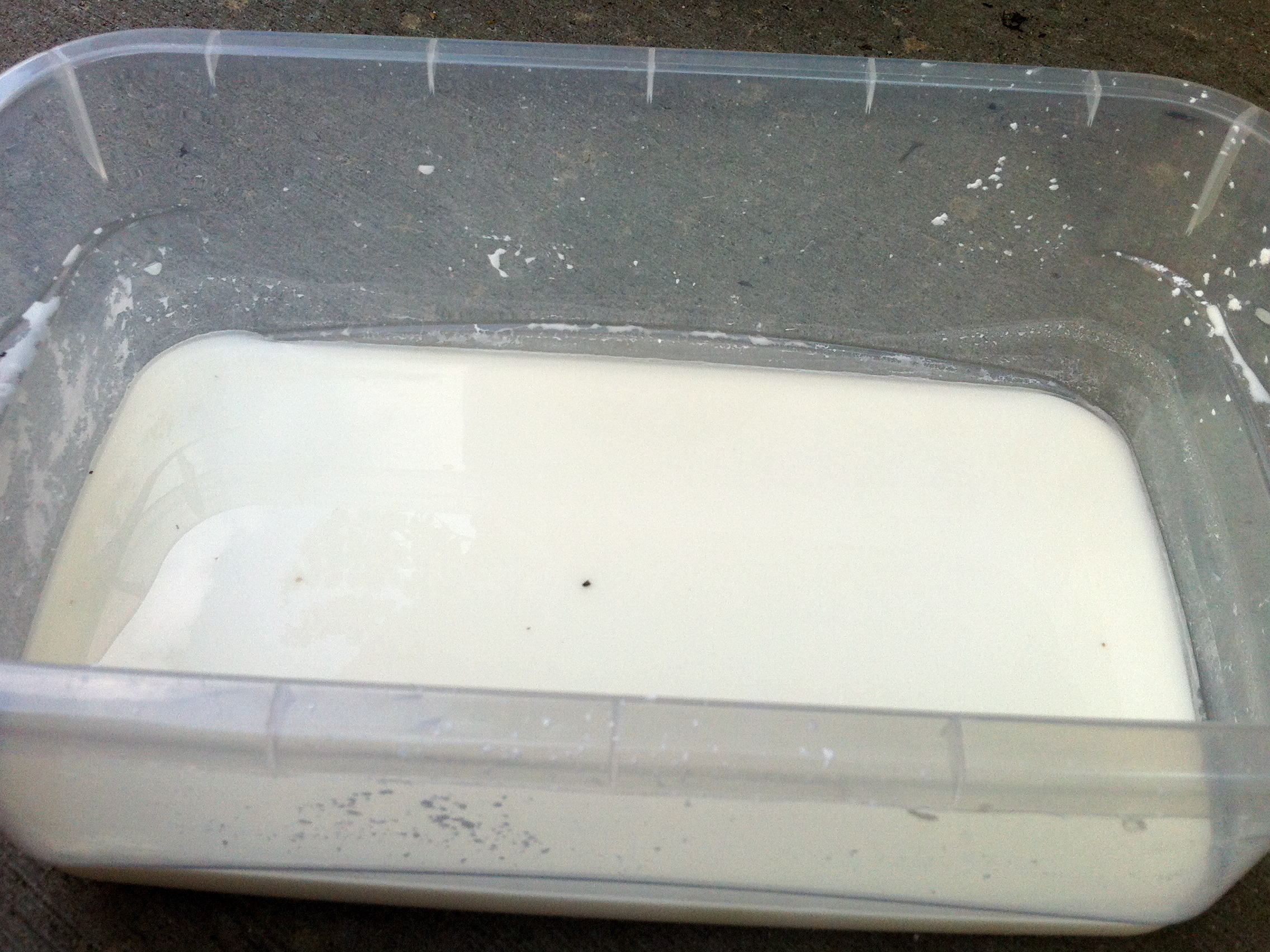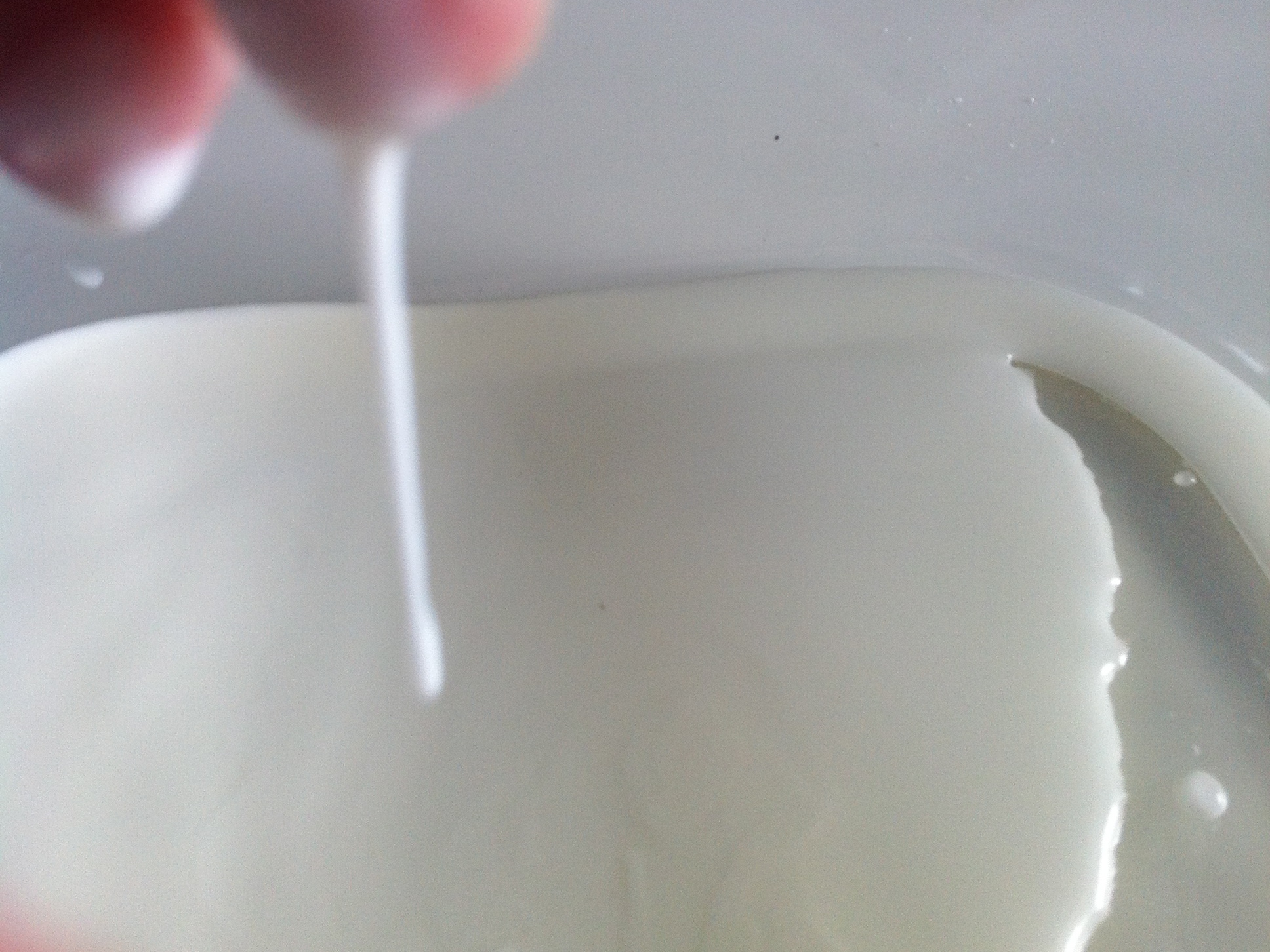Not only is this a fun and messy experiment, it’s also a great way to learn about science! The kids will love it because they can get their hands dirty and be amazed at the characteristics of the Oobleck. Teachers and parents will love it because the kids will want to learn about the Oobleck and it’s a great gateway to getting your kids interested in science!
Projects from Make: Magazine
Dr. Seuss Oobleck Experiment: Is it solid or liquid? Or BOTH?
How to make the perfect Oobleck. Simple and fun for young kids and young adults. Oobleck is a non-Newtonian fluid, which is what makes it so fun and interesting!
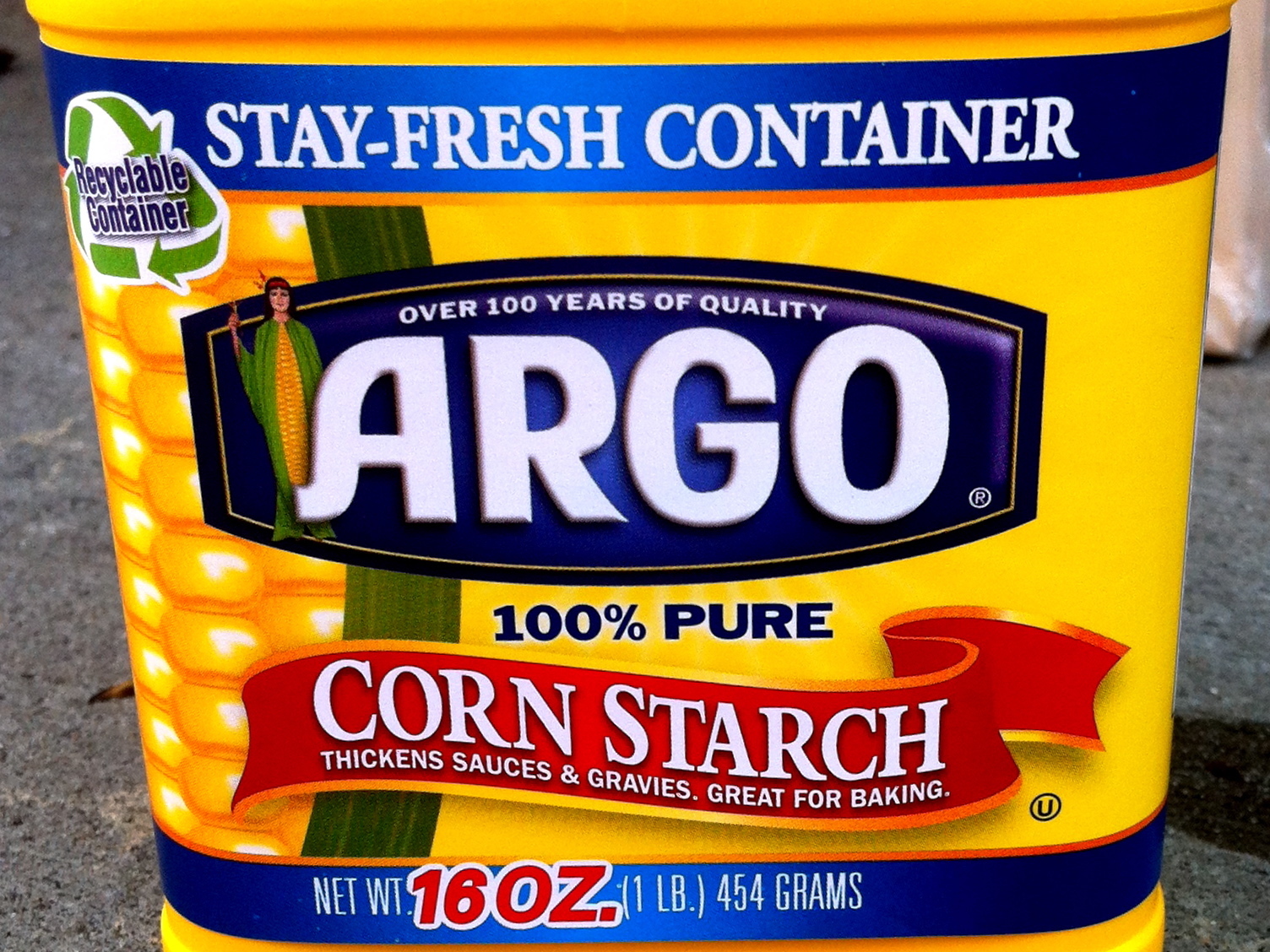

Gather all of your necessary parts: cornstarch, 1.5 cups of water, large plastic tub, and wooden stirrers (if needed).
The first step will be to pour the entire container of cornstarch into the large plastic container. Make sure that it is evenly dispersed throughout the container.
If you are using this project as a learning experience, be sure to take the time to instruct your audience to feel the texture of the cornstarch. Describe how fine the grains of the cornstarch are and how different it feels from any other powder substance. Then get the audience to predict what will happen once the water is added.

Once the cornstarch is evenly dispersed into the large container start to slowly add water while mixing with your fingers or with your stirrer. (If you want to add food coloring to the mixture add it to the water before pouring into the cornstarch.)
This is the trickiest part of the project. There is no perfect measurement for the amount of water. What worked best for me is 1/2 cup of water per 1 cup of cornstarch.
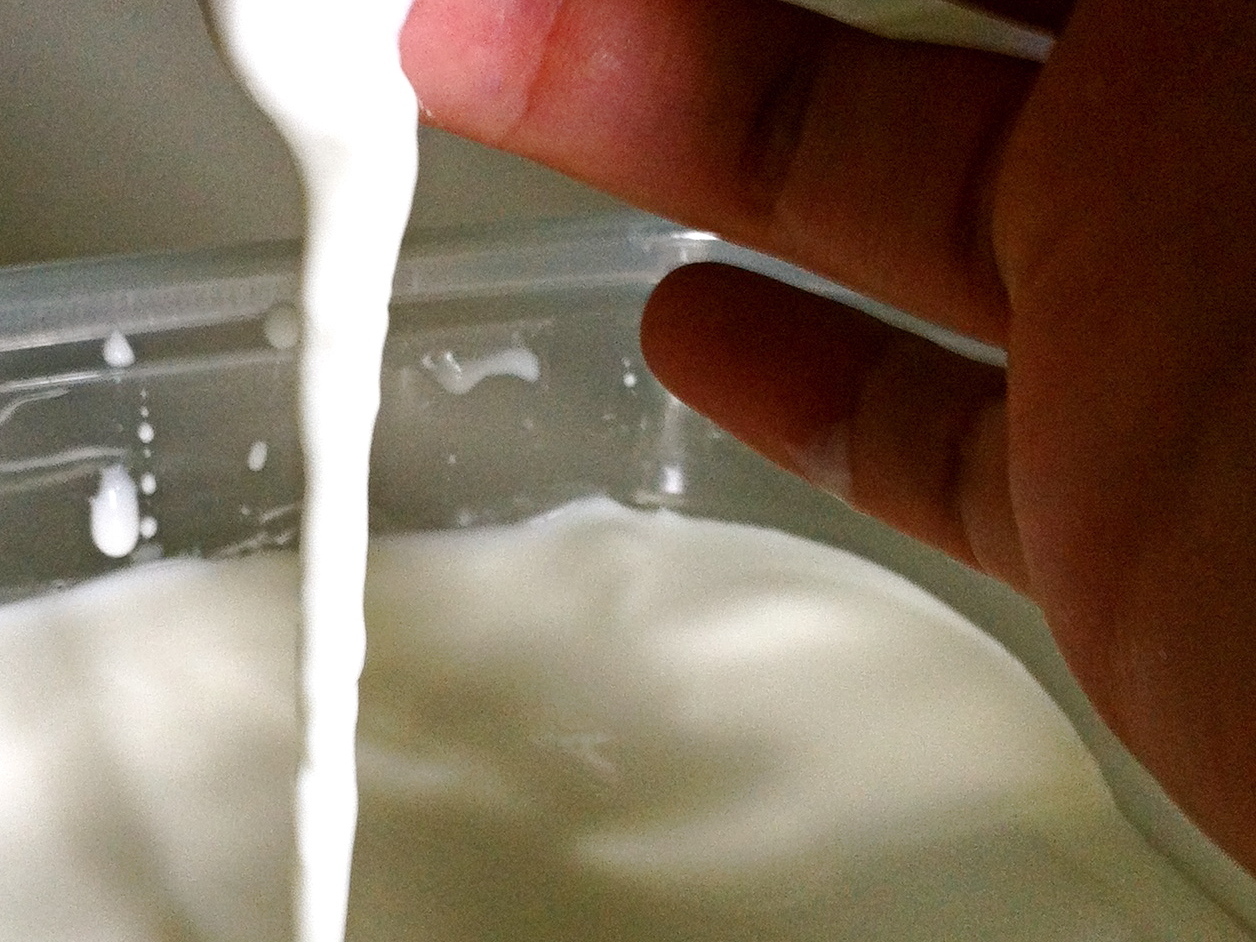
Keep feeling the consistency of the mixture while adding water. If you happen to add too much water don’t be afraid to pour some out. This ends up being a kind of trial-and-error step.
You know you’re getting the right measurements when you start noticing that it is not acting like your everyday liquid. The best test is to slowly scoop up a big handful of the “liquid” and start rolling it around in your hand. When you stop moving your hands and it starts to “melt” back into a liquid you know, then, that you have made Oobleck!
This is the fun part! Notice that if you hit the liquid, it has a hard consistency, as if it were solid. Start exploring all of this atypical liquid’s properties and all of the fun things you can do with it!
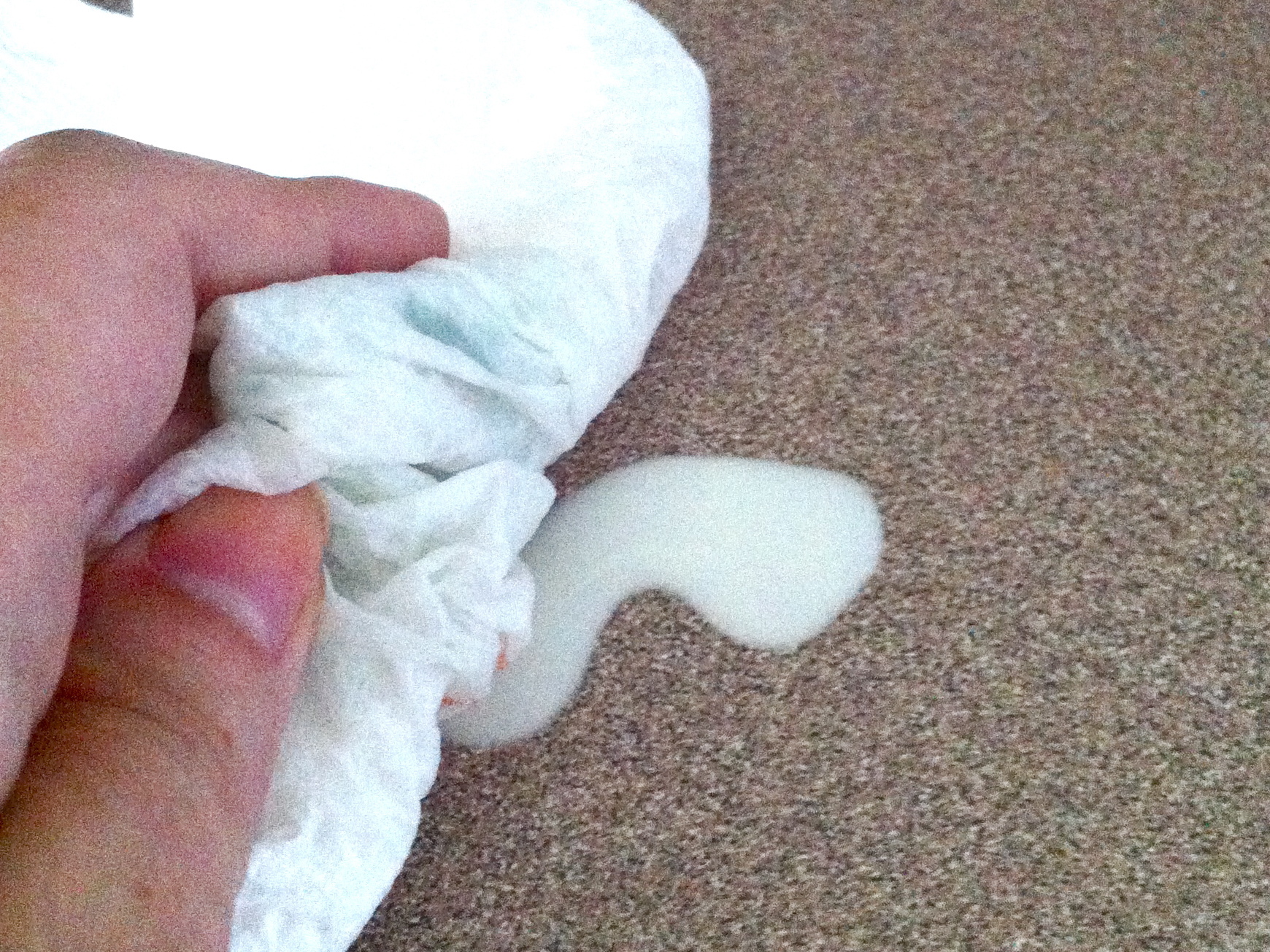
If your audience wants to take their concoction home with them, this would be where the plastic bags come into action. The Oobleck will slowly pour into the baggies and will keep for a day or so (as long as it does not dry or settle out).
Clean-up is fairly easy! If it is on any clothes it will brush right off. Wash your hands with warm water. Wipe down Oobleck-covered surfaces with a wet rag and it comes right up. DO NOT dump the leftovers down the drain! It will clog your drain up. Dump in trash can or outside.
Conclusion
The goo that you have just made is considered to be a non-Newtonian liquid. Sir Isaac Newton, who was one of the greatest scientists that ever lived, stated that liquids flow at predictable rates. Oobleck is just the opposite! For instance, if you have water, which is a Newtonian liquid, in a water pistol and you push the trigger slowly the water doesn't reach a very long distance. It you apply 2 times more pressure to the trigger, the water should go twice as far!
Oobleck is just the opposite. When you apply more force the goo turns "solid". It acts like this because it is a suspension, meaning the cornstarch is not dissolved. If the concoction sat for long enough the cornstarch would settle to the bottom of the container.
Hope you enjoyed the experiment as much as my classmates and I did!


